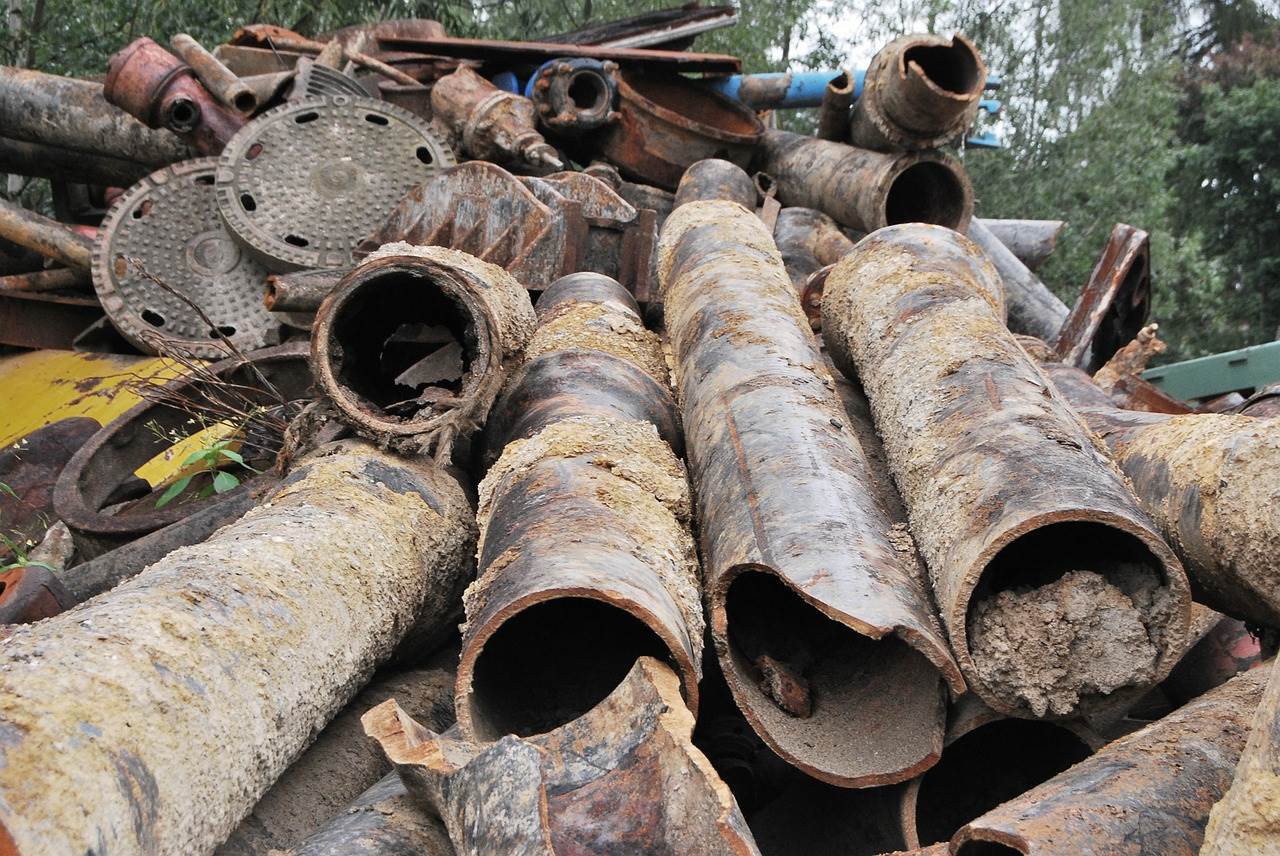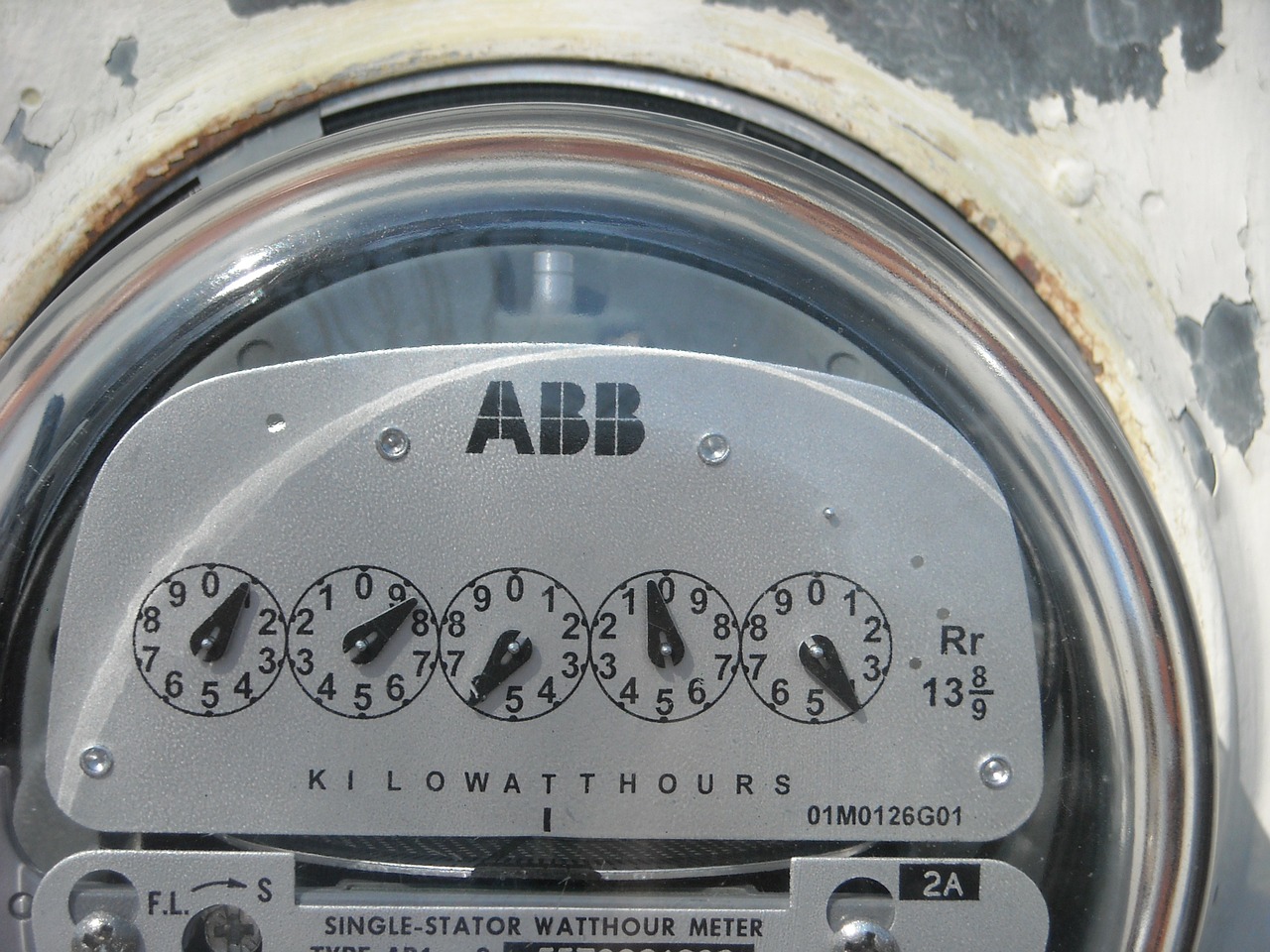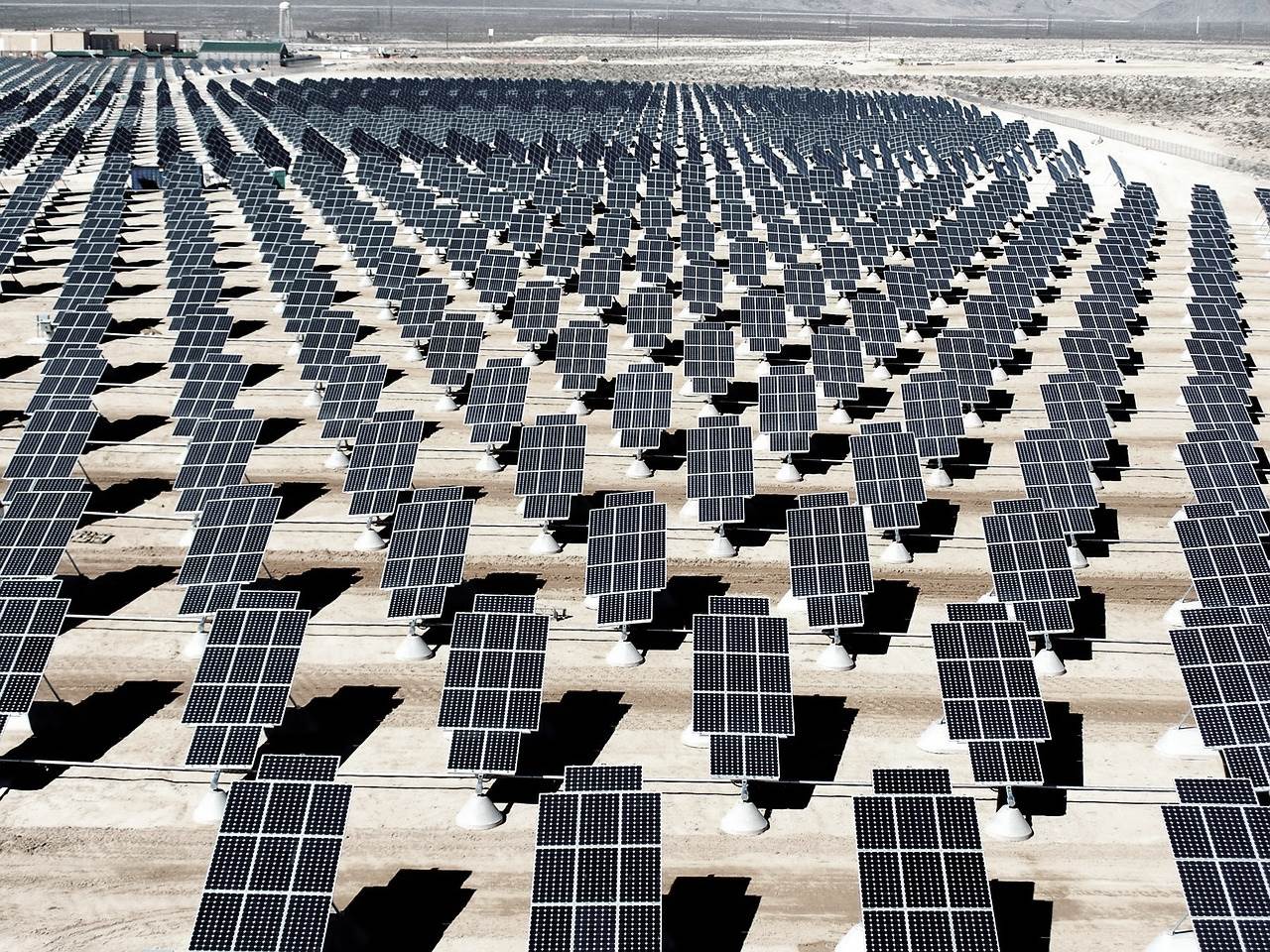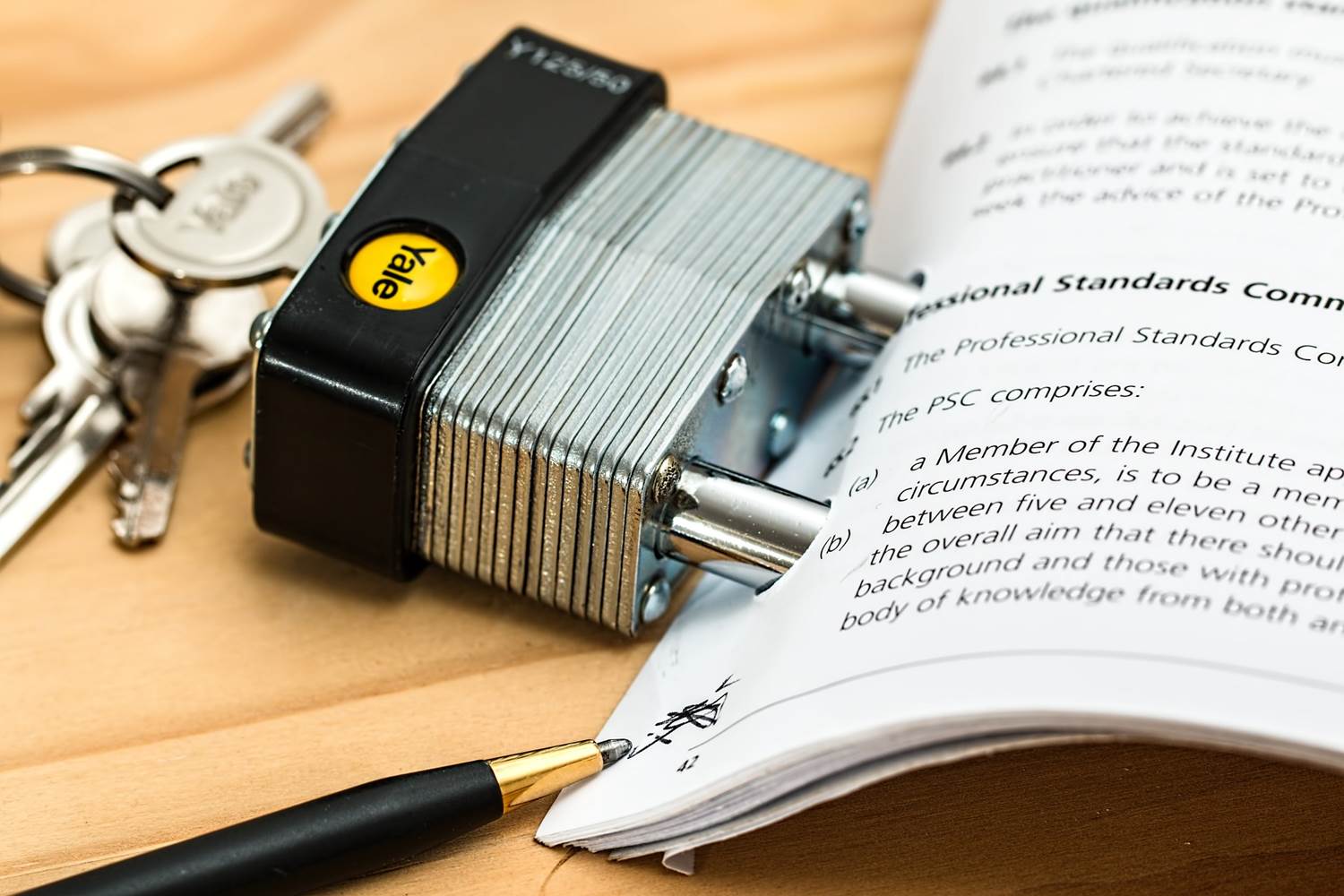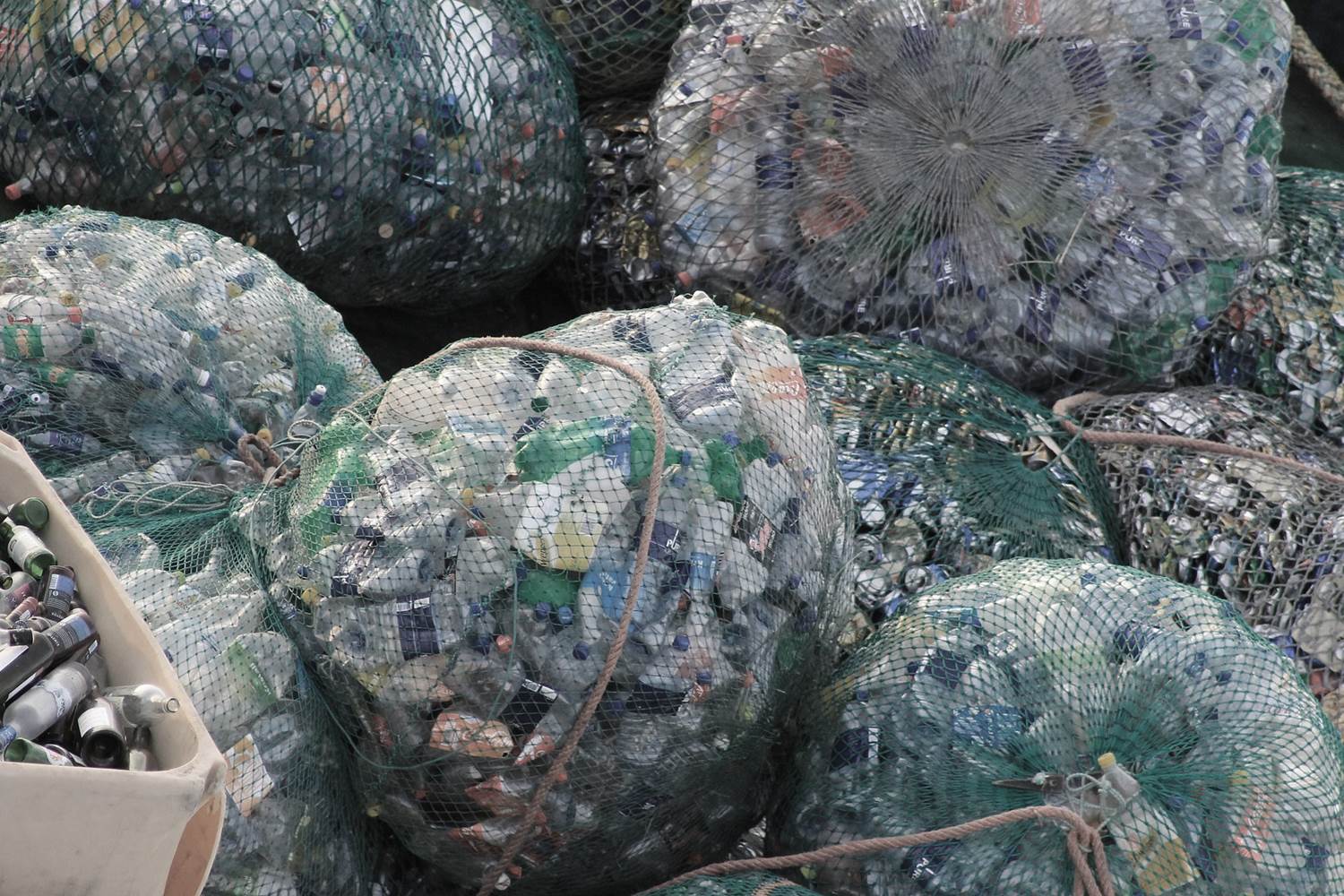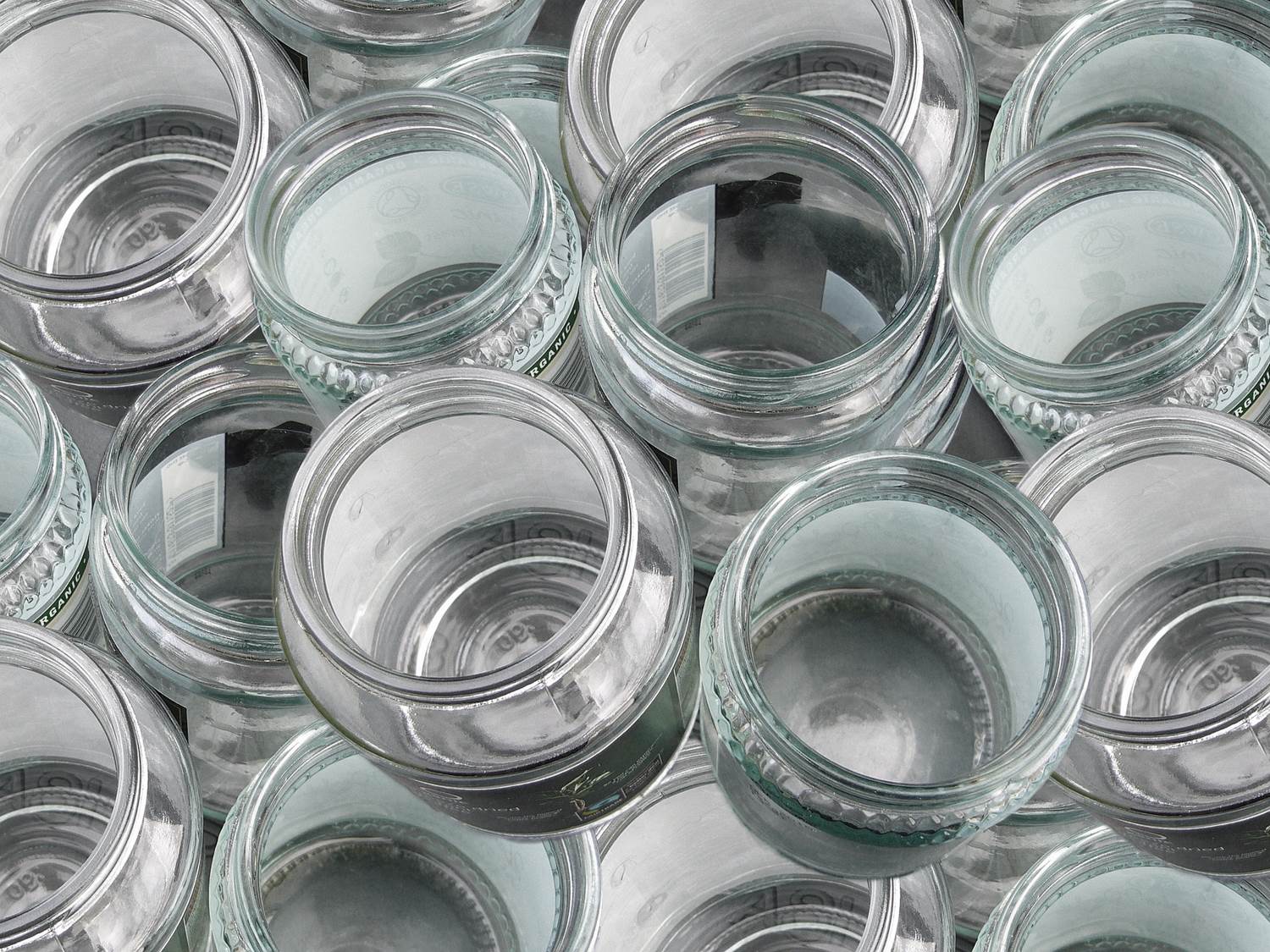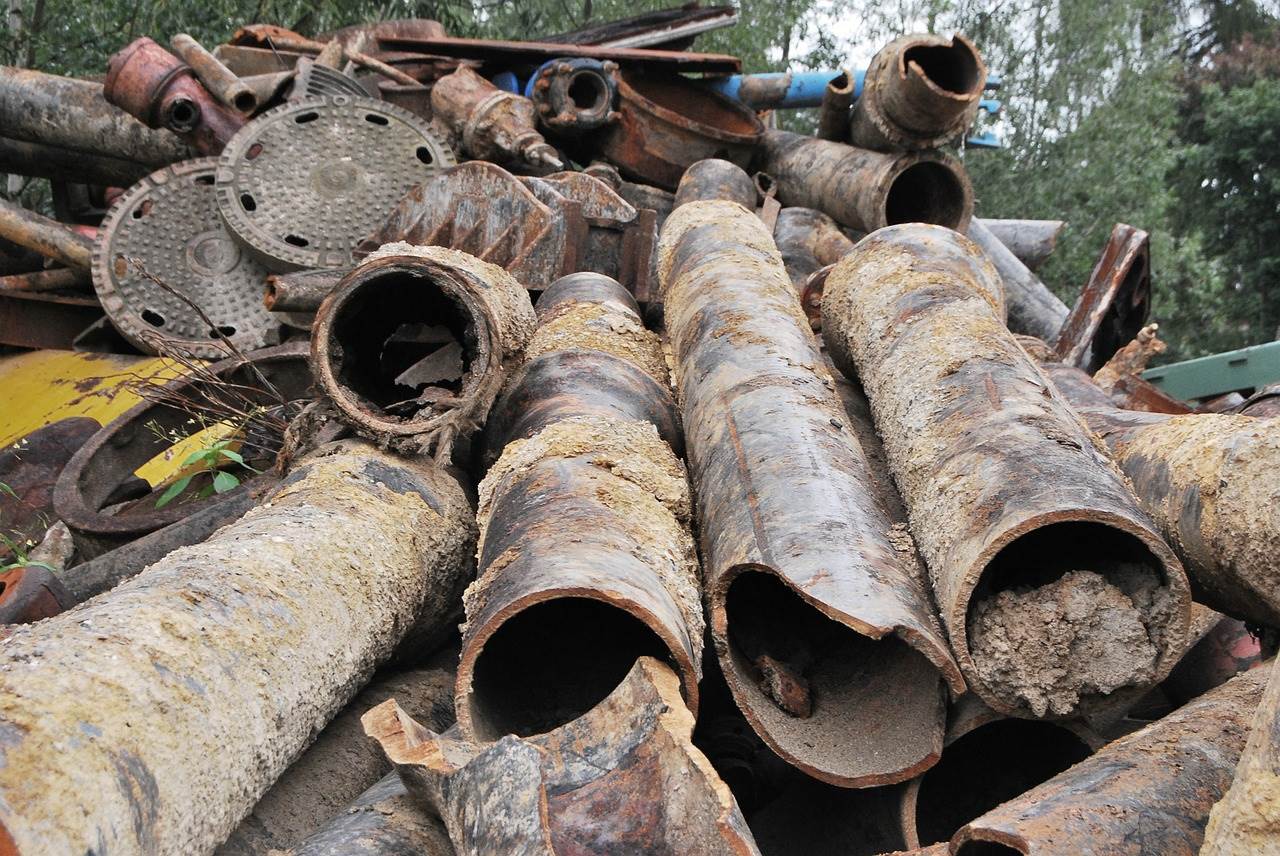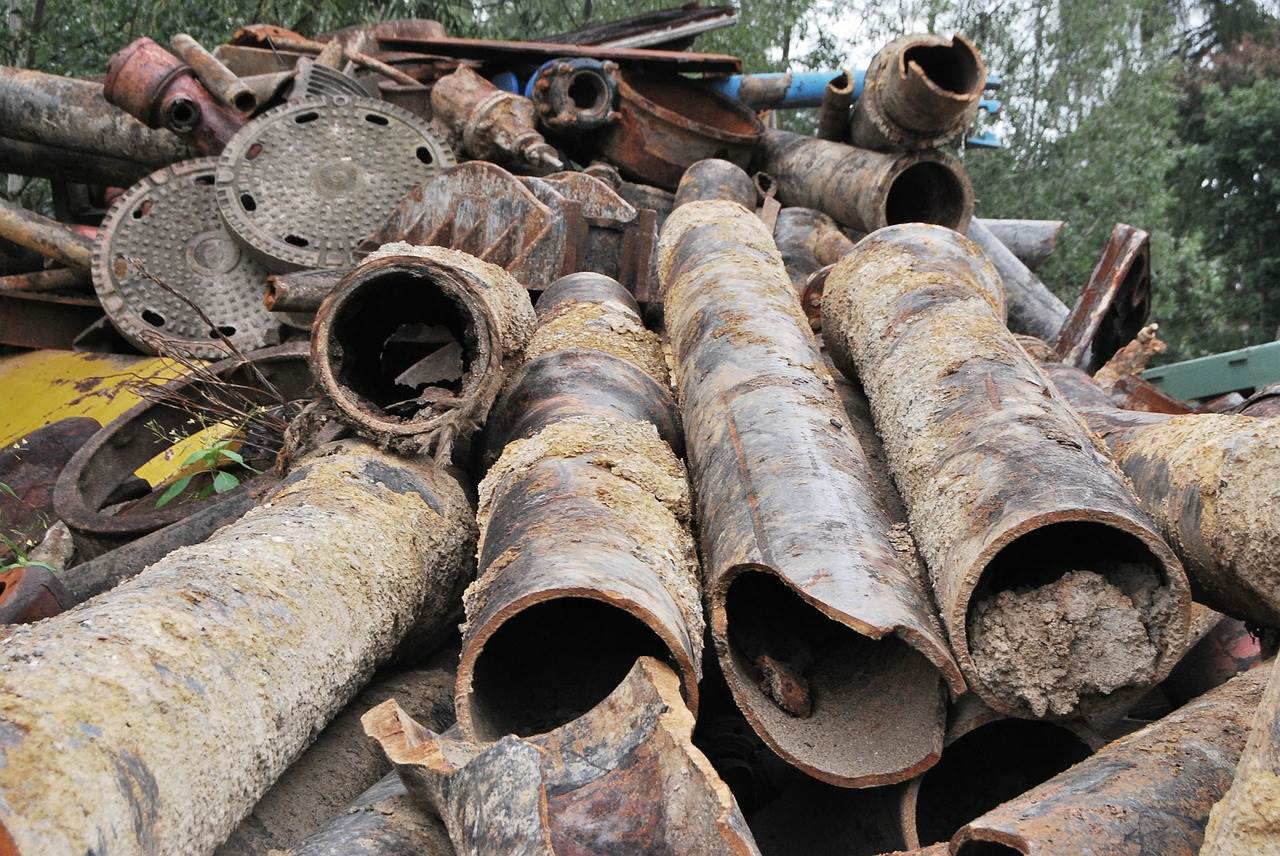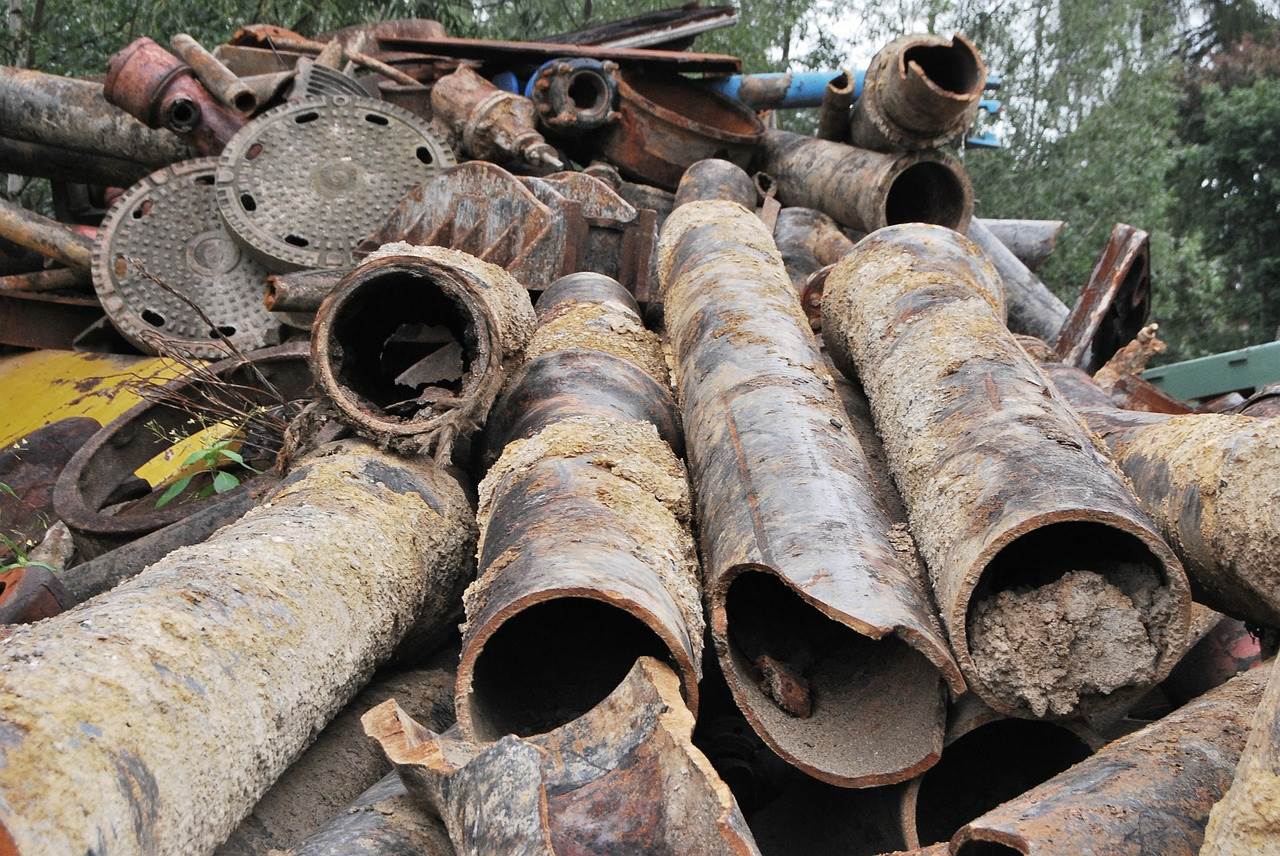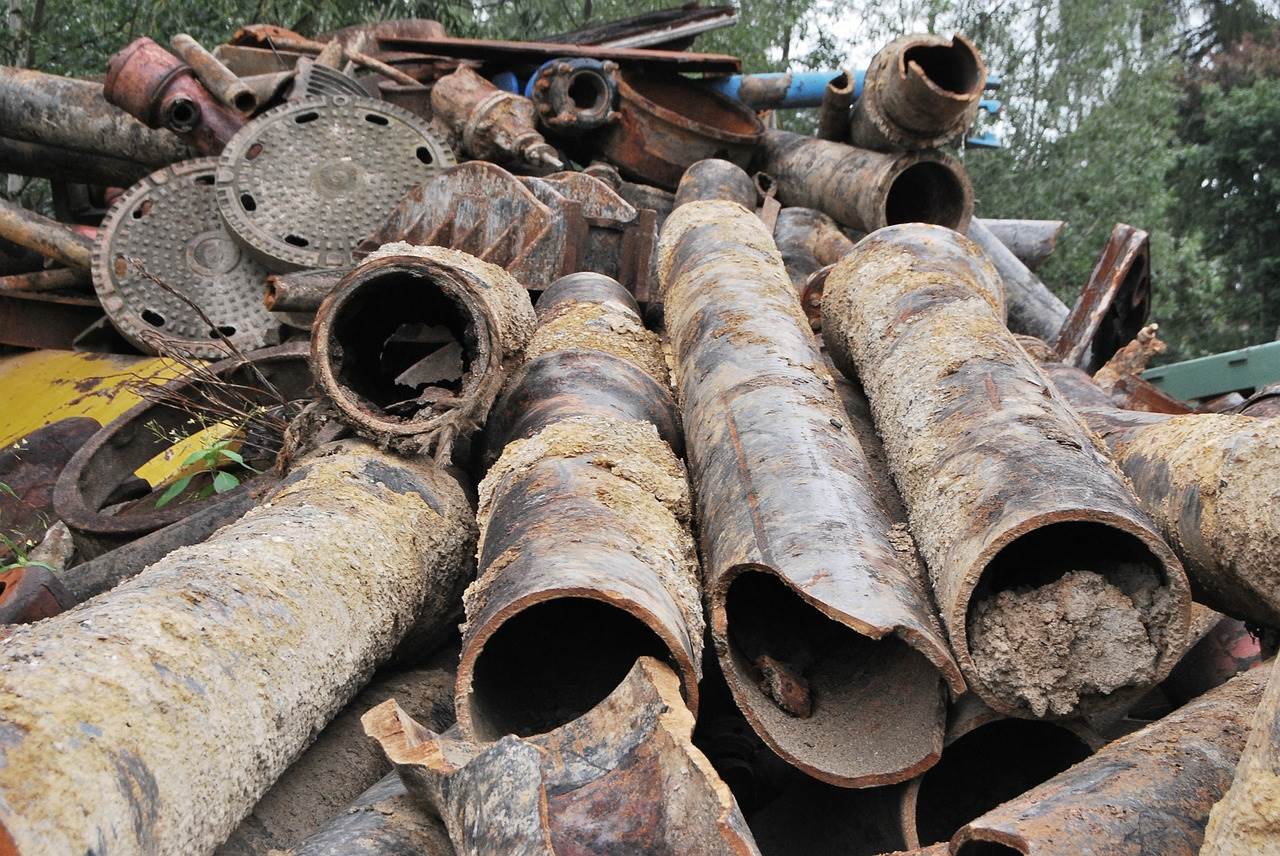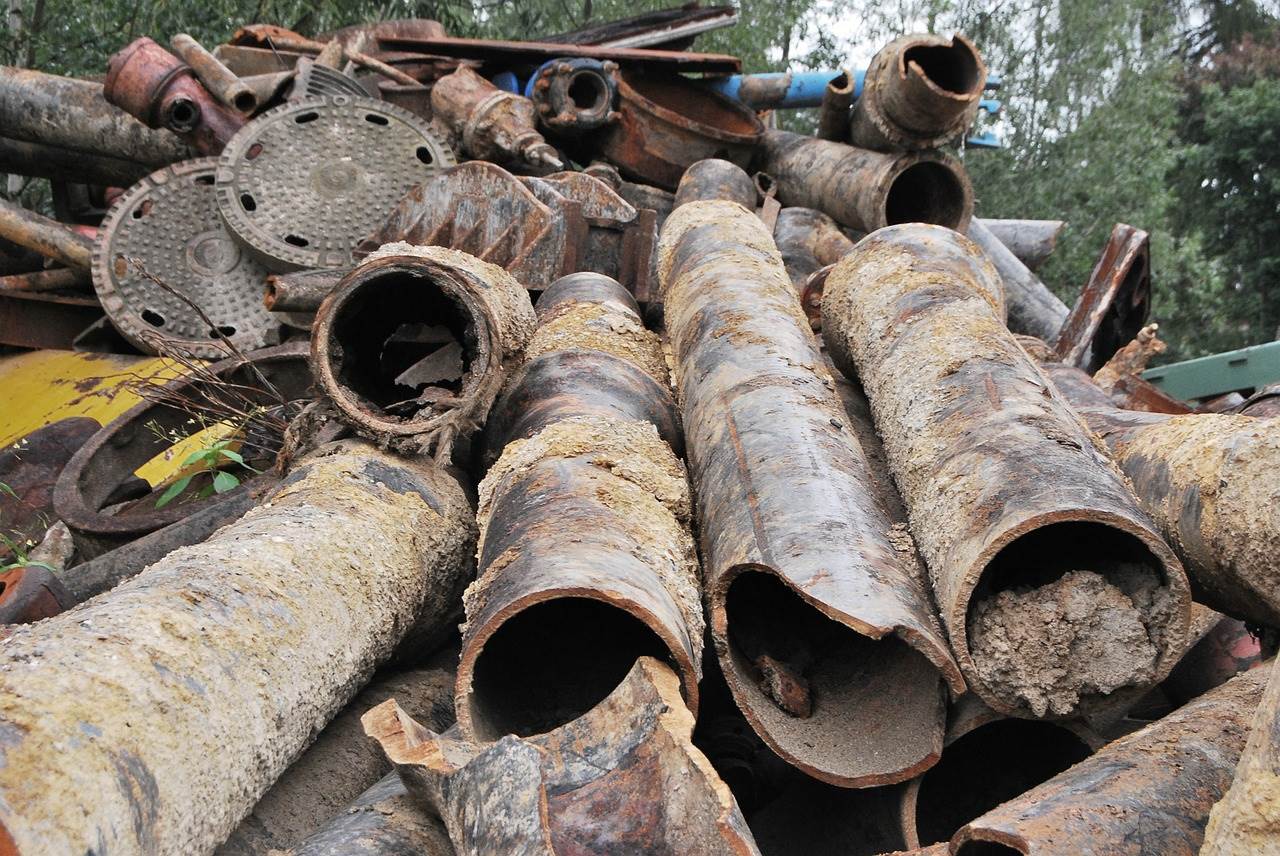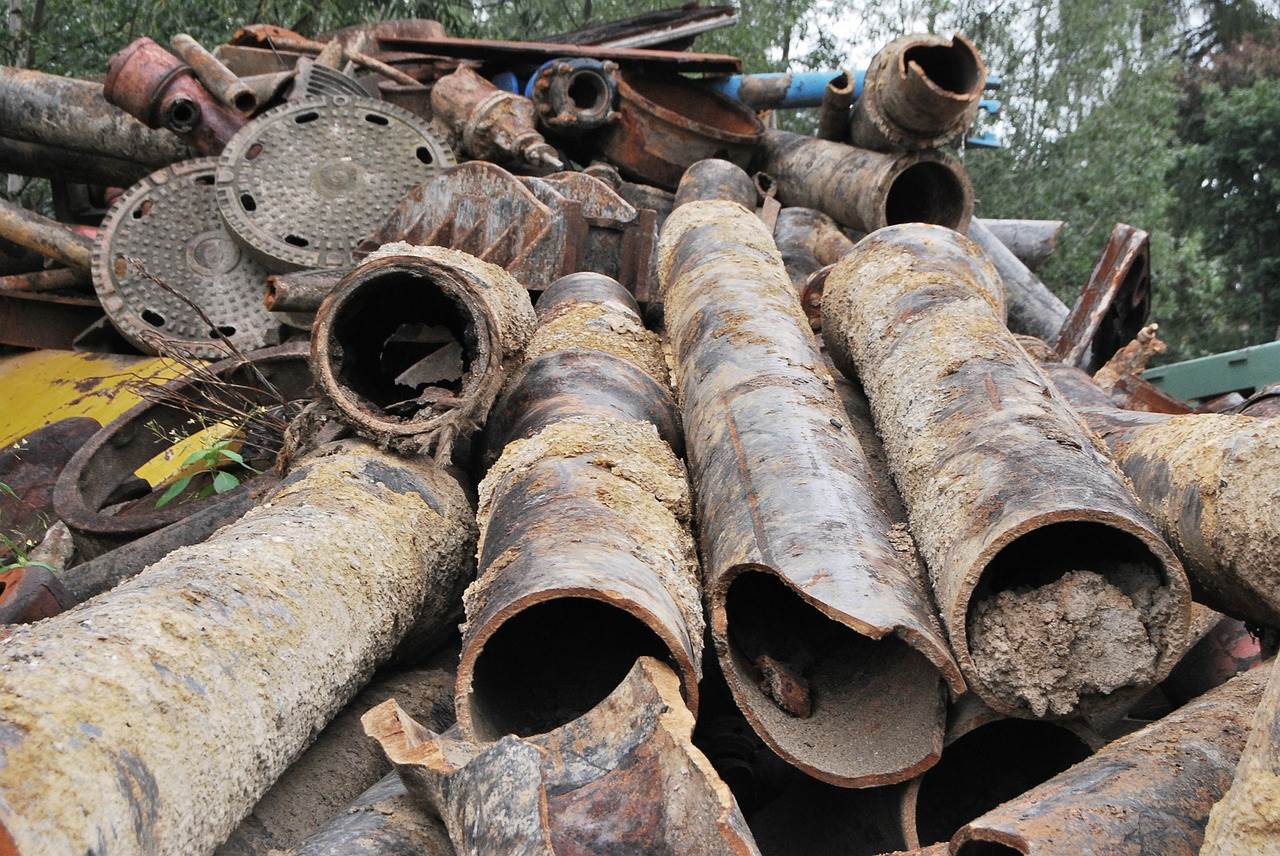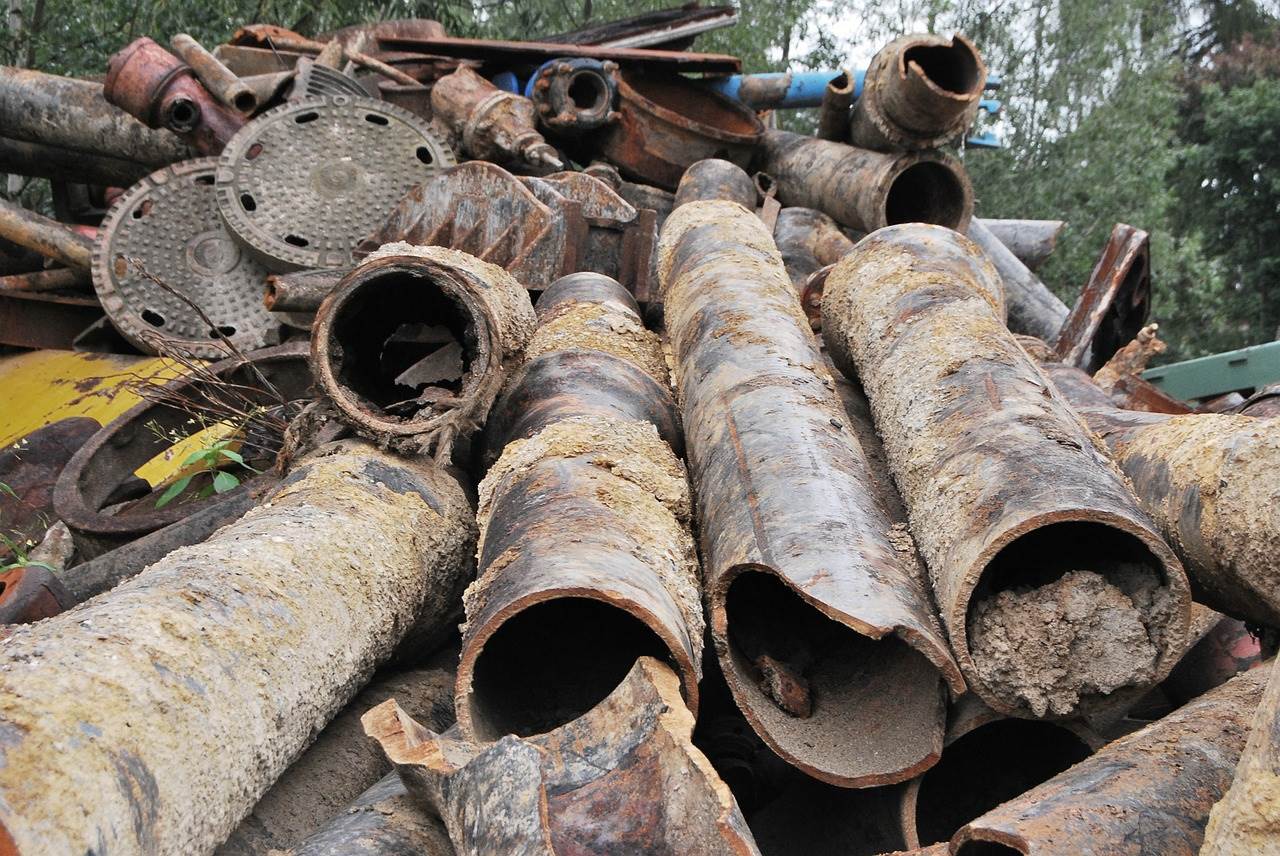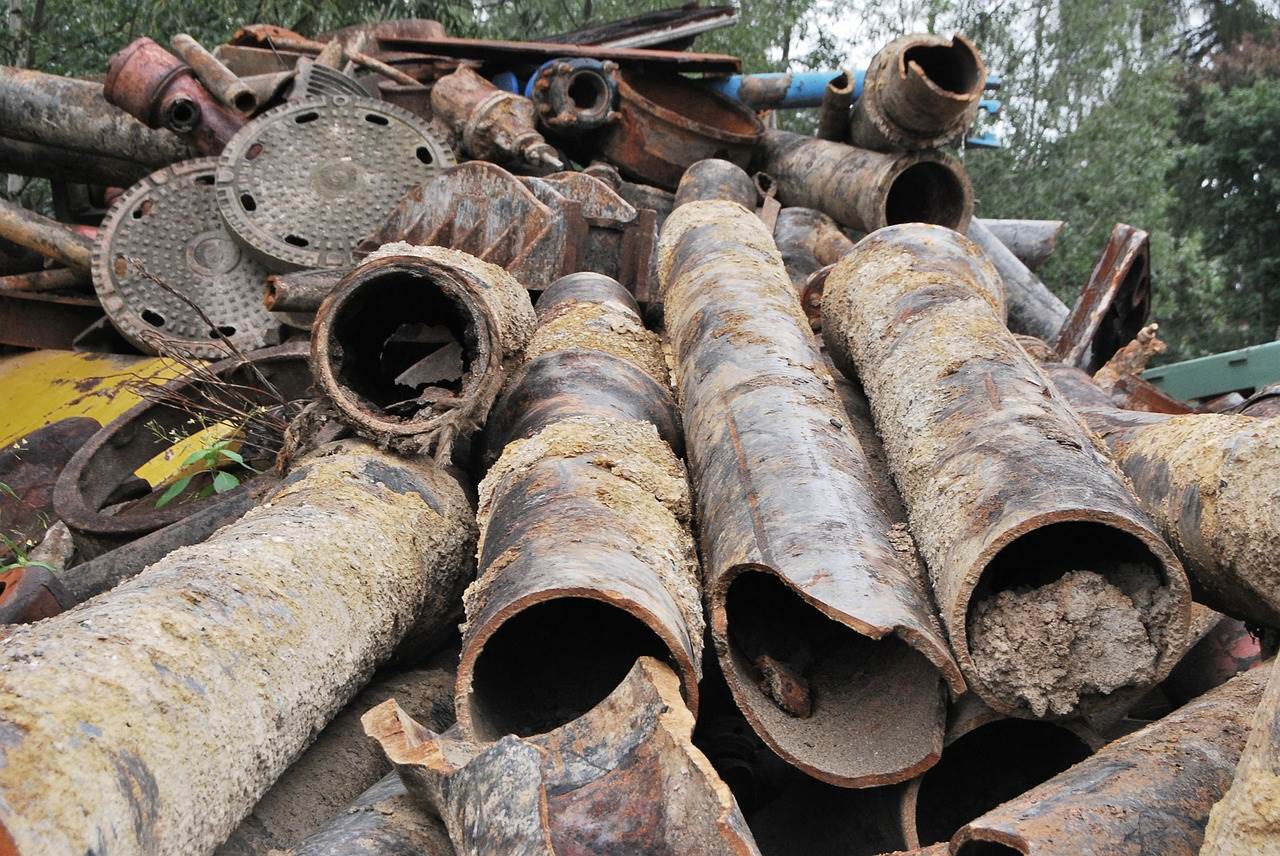
Talking Dirty – An Environmental Blog.
Date: 17/12/2013 | Blogs
It wouldn’t be Christmas without. . . a festive blog! Thank you to all of you who provided feedback on last week’s blog. It would appear that the ‘personal’ touch makes for more interesting reading judging by your comments! So this week, I am going to take a different spin on the Christmas story and look at the festive season from the perspective of the environment which, let’s face it, takes a bit of a battering at this time of year.
- I understand that there are many virtuous people (including the Davidson Chalmers’ receptionist Christine!) who have already finished their shopping and wrapped all of their gifts, putting the rest of us to shame! But what of the wrapping paper itself? Recycled wrapping paper (whether from a shop or handmade) is becoming far more common but, for some people, it just doesn’t have the luxurious look that they are going for. As a result, there is still a huge amount of fancy wrapping used only to be unceremoniously tossed aside on Christmas morning. How many of us, in the midst of present opening and champagne swilling, bother to consider whether the discarded paper could be recycled? There are of course the thrifty amongst us who will fold up the paper from our own gifts to use next year and the crafters who can see a festive collage forming before their very eyes from the scraps of paper strewn over the carpet. However, a significant volume of wrapping paper will still end up in rubbish bins and, potentially, in landfill sites. If those producing the packaging are becoming more conscious of where it is sourced (even brands like Tiffany & Co are now more ‘responsible’ in that regard https://international.tiffany.com/csr/responsiblesourcing/paperpackaging.aspx) then perhaps we, the givers and receivers, should also think about the ‘green’ approach to wrapping.
- Before I decided on this blog topic, I wasn’t aware of the long-running annual debate on real v fake Christmas trees! There are arguments on both sides but my view is that the argument for having a real tree is more convincing from an environmental perspective. According to the Carbon Trust, a fake tree made of plastic and other artificial materials has a much bigger carbon footprint than a real tree unless it is utilised for at least 10 Christmases and then properly recycled. There are of course, certain conditions which maximise the environmental sustainability of having a real tree: (1) get your tree from a sustainable Christmas tree farm or forest rather than heading out into the wilderness to cut down your own tree! (2) chose a supplier that encourages good harvesting practices and doesn’t use harmful chemicals which could be washed into nearby watercourses and (3) after the festive period either: plant your tree (if you have suitable space!) or chip it for re-use, a service which many local authorities now offer in bulk. This year I have gone completely against tradition and sourced (from my local up-cycling store – http://www.up-recycling.co.uk/) an already recycled tree (of sorts) made from waste wood. At the moment it doesn’t look like much but hopefully it will be given a festive makeover when I put some twinkling lights on it!
- Speaking of lights – from an energy efficiency point of view, Christmas is most definitely the ‘low’ point. Although, the very entertaining scenes in the famous National Lampoon’s Christmas Vacation where the Christmas lights suck up the energy of the whole neighbourhood is an over-exaggeration, it isn’t really that far from the truth. Without sounding too much like a Scrooge, is it time that we considered the wider impact of this traditional expression of Christmas and took some steps towards conserving energy for the rest of the year?
- Again without becoming a ‘bah humbug’ proclaimer, Christmas travel arrangements can easily become something akin to Planes, Trains & Automobiles pushing fuel consumption and emissions up to an astronomical level. Christmas is about family being together (certainly in my house) and I would never advocate for anything less. However, in the interests of community spirit, are there compromises and car-sharing arrangements which more people can introduce to reduce the environmental impact of Christmas journeys? There are some benefits – new friendships, carol sing-a-long opportunities and the option for all those, other than the driver, to indulge in a little festive cheer!
- Finally, with Christmas consumption, in addition to expanding waistlines, comes an exponential increase in the amount of food waste produced. Retailers, against their own interests, have been encouraging organised, less-excessive Christmas food shopping this year! The likelihood is that everyone will still buy more than they need so rather than simply throwing away any food waste, consider: (1) using all the leftovers in the following days (my friend’s dad makes an exception turkey curry!) (2) composting or at least separating the food waste to avoid it ending up in landfill or (3) taking what isn’t required to one of the many charities across the UK which cater for those less fortunate over the Christmas period.
Just a few things to think about in between glasses of mulled wine and eggnog! All that is left for me to say is; a very merry Christmas and a happy New Year to you all. I will be back in 2014 with some fresh ideas!
As always, comments, compliments or criticisms are welcome on twitter or linked-in.







